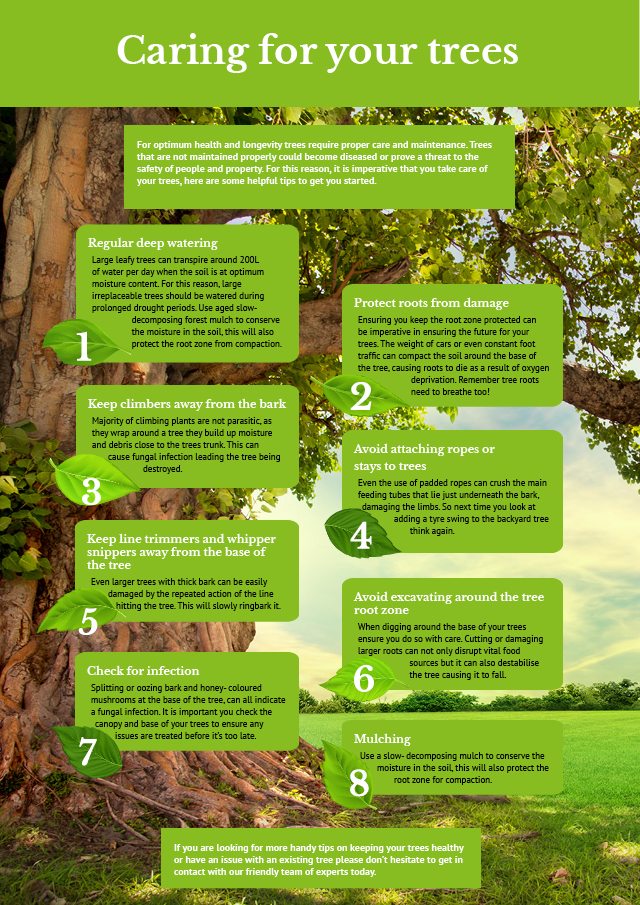After Removing Trees, Proper Care Is Necessary For Landscape Recuperation; Figure Out The Necessary Activities To Restore Your Area And Stop Approaching Difficulties
After Removing Trees, Proper Care Is Necessary For Landscape Recuperation; Figure Out The Necessary Activities To Restore Your Area And Stop Approaching Difficulties
Blog Article
Post Composed By-Hinrichsen McKinnon
After a tree's removal, your landscape might look fairly various, and it's essential to evaluate the after-effects meticulously. You'll wish to review the dirt disruption and examine bordering plants for any signs of tension. Neglecting https://www.startribune.com/hgtv-star-will-talk-landscaping-at-home-amp-patio-show/567664532/ can lead to larger troubles down the line. So, what should you make with those stumps and origins? And exactly how do you select the best plants for your revitalized room? Let's check out these essential steps.
Analyzing the Aftermath: Examining Your Landscape
After a tree removal, it's important to evaluate your landscape to comprehend the effect it has on your backyard.
Begin by taking a look at the location where the tree stood. Search for signs of dirt disturbance, and inspect the bordering plants for any kind of stress and anxiety or damages.
You ought to additionally take note of how the elimination has actually altered sunlight exposure and airflow in your yard. This shift can influence the development of nearby plants, so it's vital to assess their health.
Consider the aesthetic elements too; the removal could create an open space that you can revamp.
Finally, think of any type of prospective erosion issues that could emerge from the tree's absence. Addressing these elements early will aid restore balance to your landscape.
Handling Stumps and Origins: Options for Removal
As soon as you've examined the after-effects of the tree elimination, you'll likely need to deal with the stump and origins left.
You have a few options for elimination. One efficient method is stump grinding, where a specialist uses a device to grind the stump to underground degree. This technique leaves marginal disruption to your landscape.
If you prefer a DIY technique, you can make use of a mix of excavating and chemical stump removers. Just bear in mind, this process can take time and initiative.
Conversely, consider leaving the stump as an all-natural feature, which can function as a special garden component or environment for wildlife.
Whatever you choose, resolving the stump and roots is necessary for restoring your landscape.
Choosing the Right Plants for Your New Area
As you assess your recently removed area, selecting the right plants can substantially boost your landscape's appeal and capability.
Beginning by taking into consideration the sunshine and soil problems. For warm areas, go with drought-resistant plants like lavender or succulents. In shaded When Do You Prune Trees , brushes and hostas grow well.
Consider the dimension and growth habits of your plants; mix perennials and annuals for seasonal range. Don't neglect to integrate indigenous varieties; they need much less upkeep and support local wild animals.
Group plants in weird numbers for an extra natural look and create layers for visual depth.
Finally, ensure you have a mix of colors and appearances to maintain your landscape dynamic throughout the seasons.
Delighted growing!
Verdict
In conclusion, restoring your landscape after tree removal is a rewarding process. By assessing the aftermath, dealing with stumps and origins, and selecting the right plants, you'll produce a growing setting. Don't forget to incorporate disintegration control procedures to safeguard your soil. With a little initiative and care, you can change your space right into a dynamic yard that boosts your residential or commercial property. Embrace the opportunity to revitalize your landscape and delight in the beauty of nature right in your yard!
